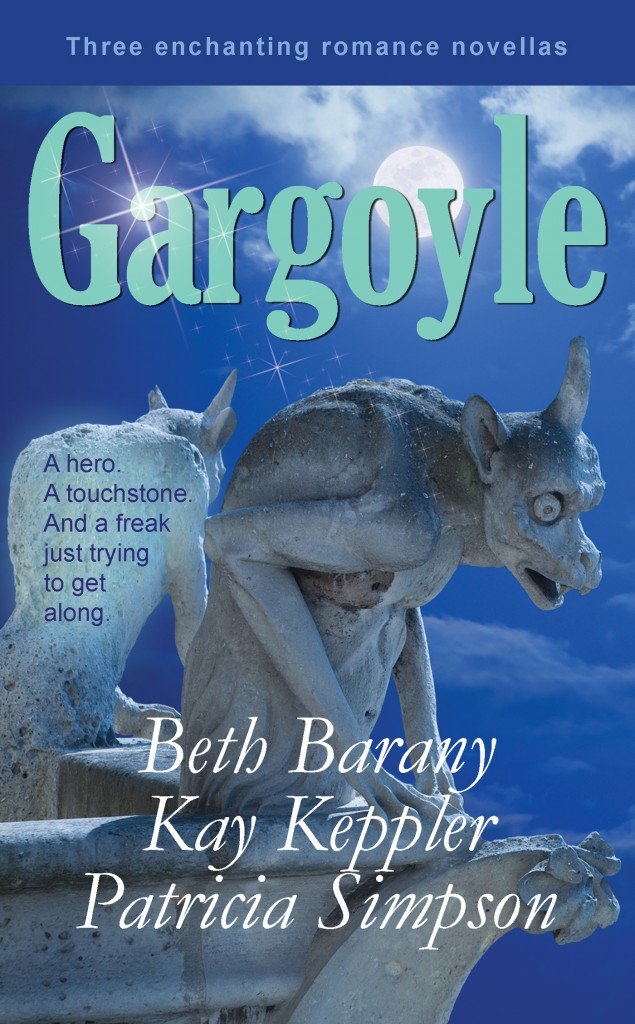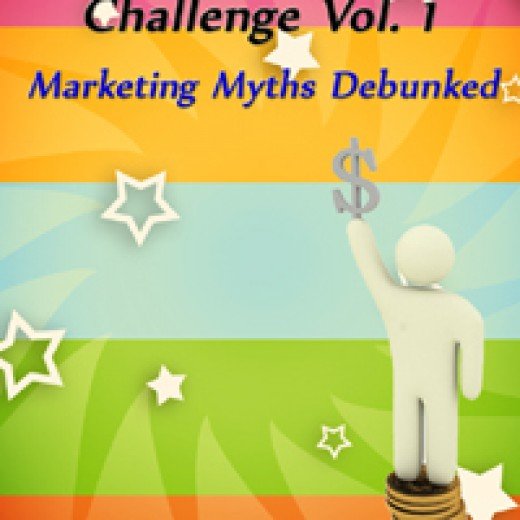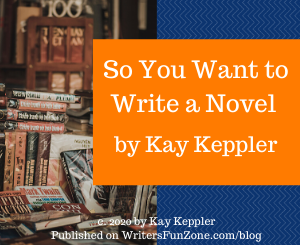Character Conflict: Characters in Opposition by Kay Keppler
 Let’s welcome back Kay Keppler for another month with Writer’s Fun Zone! In today’s article, Kay discusses character conflict. Enjoy!
Let’s welcome back Kay Keppler for another month with Writer’s Fun Zone! In today’s article, Kay discusses character conflict. Enjoy!
***
If you write any kind of commercial fiction, conflict is required. Nobody wants to read a story about happy people who have great jobs, raise wonderful children, do meaningful volunteer work, and lose all the weight they gain after the holidays.
These people are boring, and your book will be, too. Readers want to feel a little superior, scared, empathetic, and worried. Readers pick up books in part for the emotional response they get. You create and enhance this emotional response with the conflicts you create for your characters.
Conflict = characters in opposition
Pitting your characters against each other is how you move your story forward and keep your readers interested. Your protagonist and antagonist both have goals, the things they want most in life. Because of the motivations and characteristics that you’ve given them, they pursue these goals passionately.
But for every action your protagonist takes to achieve her goal, your antagonist should block it. For every action your antagonist takes to achieve his goal, your protagonist should block it. These actions—the thrust and parry—constitute your story. (Click to share on Twitter.) As Jennifer Crusie says in her writing classes, “Story is character in conflict with other characters.” When you have your conflict, you have your story.
The story belongs to your protagonist, but it is shaped by your antagonist. His character and goals make him act against the protagonist—and these actions shape the conflict by making the protagonist respond. These two characters are like sharks—if they stop moving, your story dies. If their conflict weakens, so does your book. The joke is that if your hero is a firefighter, your antagonist must be an arsonist. It’s trite, but it’s true. Look for basic, real conflict between your characters that spark your narrative.
Trouble, trouble, trouble
Understand the difference between trouble and conflict. Trouble is bickering, misunderstanding, and miscommunication. In any scene, if your characters could solve their problems by sitting down and talking about them, you have a scene with trouble, not conflict.
However, trouble can be useful in your plot. You can use it to build empathy for your protagonist or lighten a scene. Just know that if your protagonist wants to come home and write her novel and discovers that somebody has burglarized her apartment and stolen her laptop, that’s trouble. If the antagonist steals her laptop to ruin her, that’s conflict.
Love your antagonist as much as you do your protagonist. Make him a worthy opponent. That way, when your characters come into conflict, you’ll have a heck of a fight on your hands.
***
 Kay Keppler (www.kaykeppler.com) is an author (Zero Gravity Outcasts, Betting on Hope, Gargoyle: Three Enchanting Romance Novellas) and editor of fiction and nonfiction (Angel’s Kiss, Outsource It!) who lives in northern California. Contact her here or at kaykeppler@yahoo.com to ask questions, suggest topics, or if you prefer, complain.
Kay Keppler (www.kaykeppler.com) is an author (Zero Gravity Outcasts, Betting on Hope, Gargoyle: Three Enchanting Romance Novellas) and editor of fiction and nonfiction (Angel’s Kiss, Outsource It!) who lives in northern California. Contact her here or at kaykeppler@yahoo.com to ask questions, suggest topics, or if you prefer, complain.







Kay, Thanks so much for your enlightening explanation of conflict, so key to our novels! 🙂
Never thought about the differences between trouble and conflict. Now I know!
Thanks for reading! I’m a big fan of trouble, but conflict gives your book tension and catharsis. As long as your antagonist is acting against your protagonist and vice versa, your characters are in conflict. And that’s what you need to keep your story in motion.
Thanks, Beth. Getting conflict right is often a problem for writers, including me, but having characters in opposition is important to keep a story interesting. Trouble can help to reveal character, so it’s good to have, too–just not by sacrificing conflict.